Known for its distinctive black-and-gold plumage and beautiful calls, the arrival of the Golden-cheeked Warbler signifies springtime in Central Texas.
In late March, male Golden-cheeked Warblers are first to arrive at their nesting grounds in the Texas Hill Country, establishing territories while perched underneath the canopy cover provided by old-growth juniper-oak woodlands.
Golden-cheeked Warblers are socially monogamous, meaning they pair exclusively for a breeding season. Courtship behavior is rarely observed but involves the female collecting nesting material as the male sings and spreads his wings and tail, sometimes offering nesting material to his potential mate. Together, they build their small nests in the upper part of the tree, approximately 16-23 feet off the ground. Various materials are woven together, such as juniper bark, twigs, leaves, grass, lichen, seeds, moss, feathers, hair, wool, and spider silk. During nesting season, a female Golden-cheeked Warbler may lay up to 5 eggs, which she incubates for 12 days.
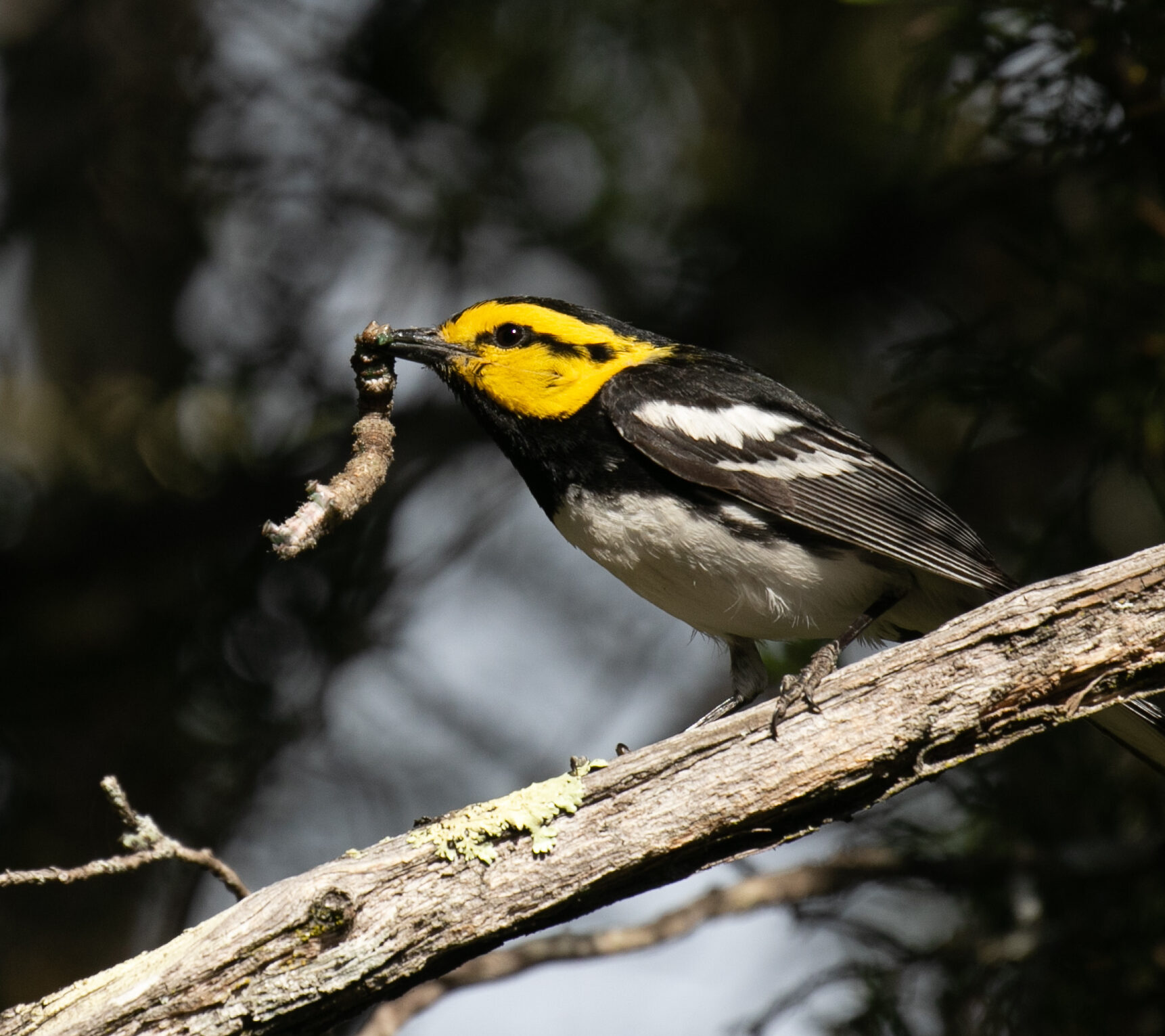
As fledglings, and throughout their life, they feed largely on caterpillars and other soft-bodied insects/larvae, including plant lice, beetles, ants, flies, and spiders. Mature Golden-cheeked Warblers may be found foraging for prey throughout the summer by gleaning (a feeding strategy that involves plucking insects from foliage), hover-gleaning, and catching by flying. For larger insects, these birds may remove the wings and tenderize the prey by smashing it against a branch.
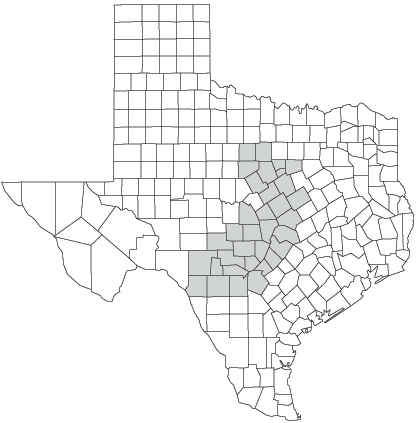
By August, the Golden-cheeked Warbler is off to winter in the mountainous forests of Mexico and Central America, returning to Texas the following spring.
Conservation Concerns
In 1990, the Golden-cheeked Warbler was listed as a Federally Endangered species in the United States under the Endangered Species Act of 1990. The bird has also been classified as endangered by the International Union for Conservation of Nature (IUCN) since 1994. Reports from the IUCN “precautionarily accessed” population declines ranging from 50-79 percent by 2028, indicating loss of nesting habitat due to clearing for land development, ranching and agriculture. Winter habitat loss primarily due to deforestation for livestock grazing, logging, forest fires, and beetle infestation. Threats to the survival of the Golden-cheeked Warbler can only be exacerbated by climate change-related events, such as heat waves and droughts. For a visual representation of warming impacts, check out the Climate Map shown in Audubon’s Survival By Degrees project, created by scientists utilizing bird observations and climate models to project how climate change will impact bird populations.
Conservation Action
A Rocha USA is one of many groups working to protect the endangered Golden-cheeked Warbler’s Texas habitat. At our Texas Conservation Project in Austin, we are working with partners on the Stenis tract, a 62-acre parcel in North Austin, to remove invasive plants. Our efforts to restore this riparian forest, in turn, restore habitat for the Golden-cheeked Warbler and many other native species. Learn more about our work in Texas here.
Going birding? For more information on identifying the Golden-cheeked warbler, check out the Merlin Bird ID app from Cornell Labs and share your findings in the Central Texas group in Love Your Place, A Rocha’s online community.
Golden-cheeked Warbler
(Setophaga chrysoparia)
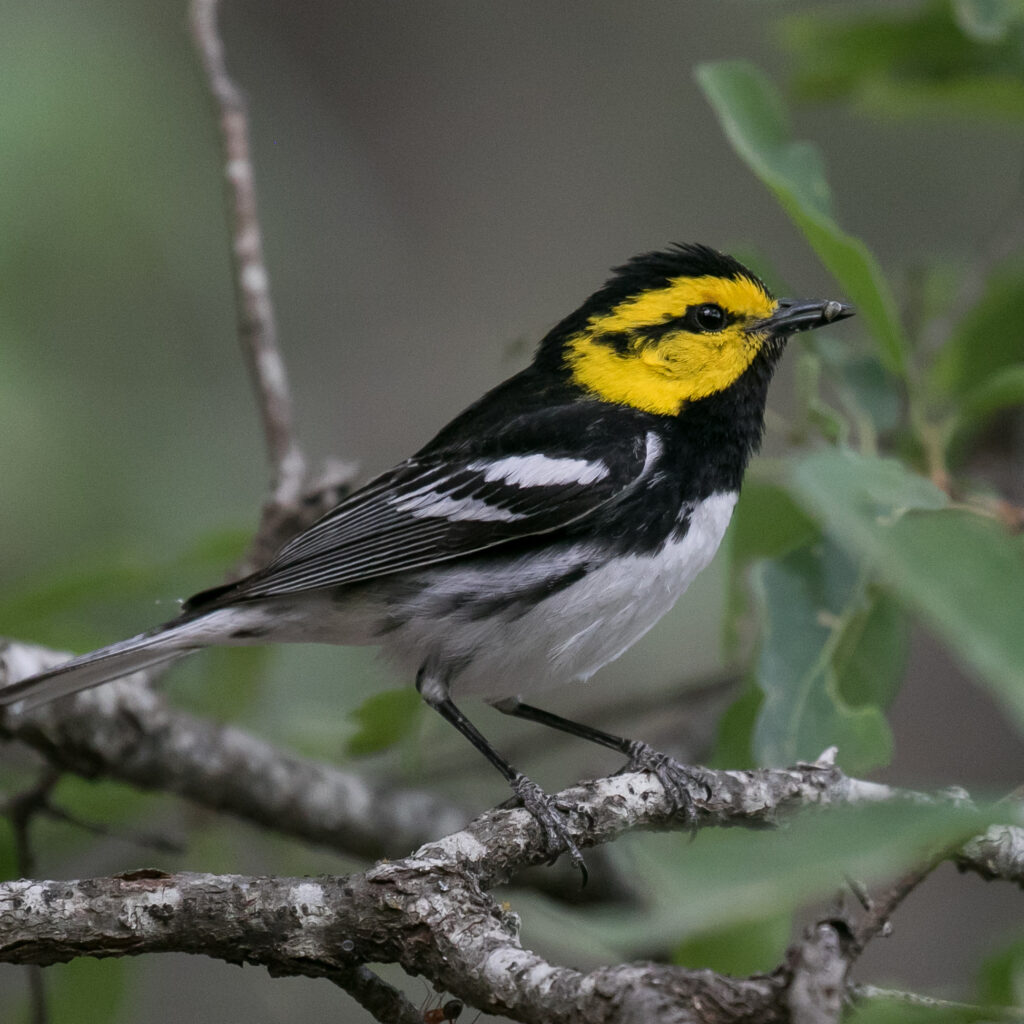
Nesting Range: Central Texas
Habitat: Forests, Juniper Oak Woodlands
Breeding Season: Late March to Mid May
Physical Characteristics: An adult Golden-cheeked Warbler can reach 4.5 inches in length. Males can be identified by their dark black crown, throat, line through the eye, and back, contrasted by their bright yellow face and white-streaked wings and underparts. Females and their young tend to be duller in color, leaning towards an olive green on their back and crown.
Lifespan: The oldest recorded was 10 years old.
Fun Fact: The Golden-cheeked Warbler is the only bird species whose population nests exclusively in Texas.
Conservation Status: Endangered

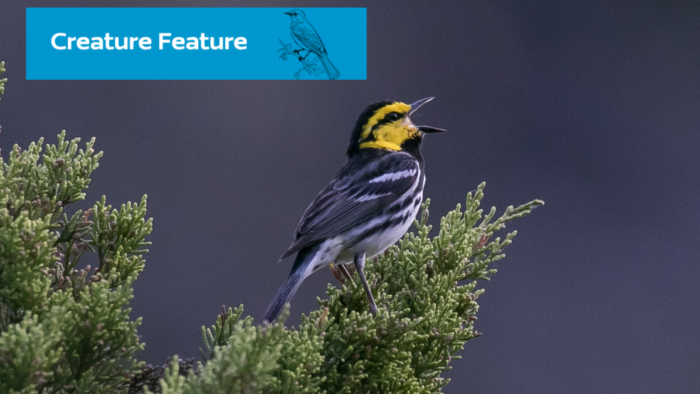
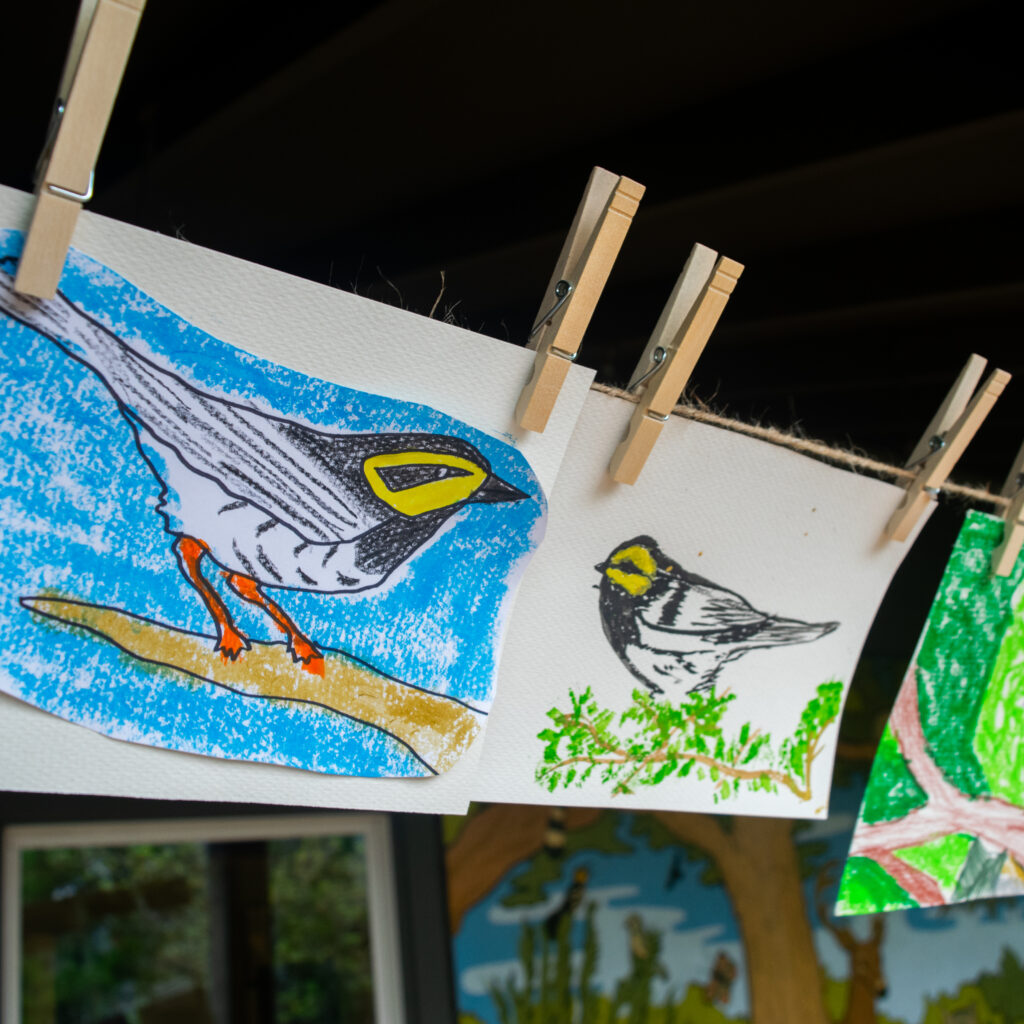







Add a Comment